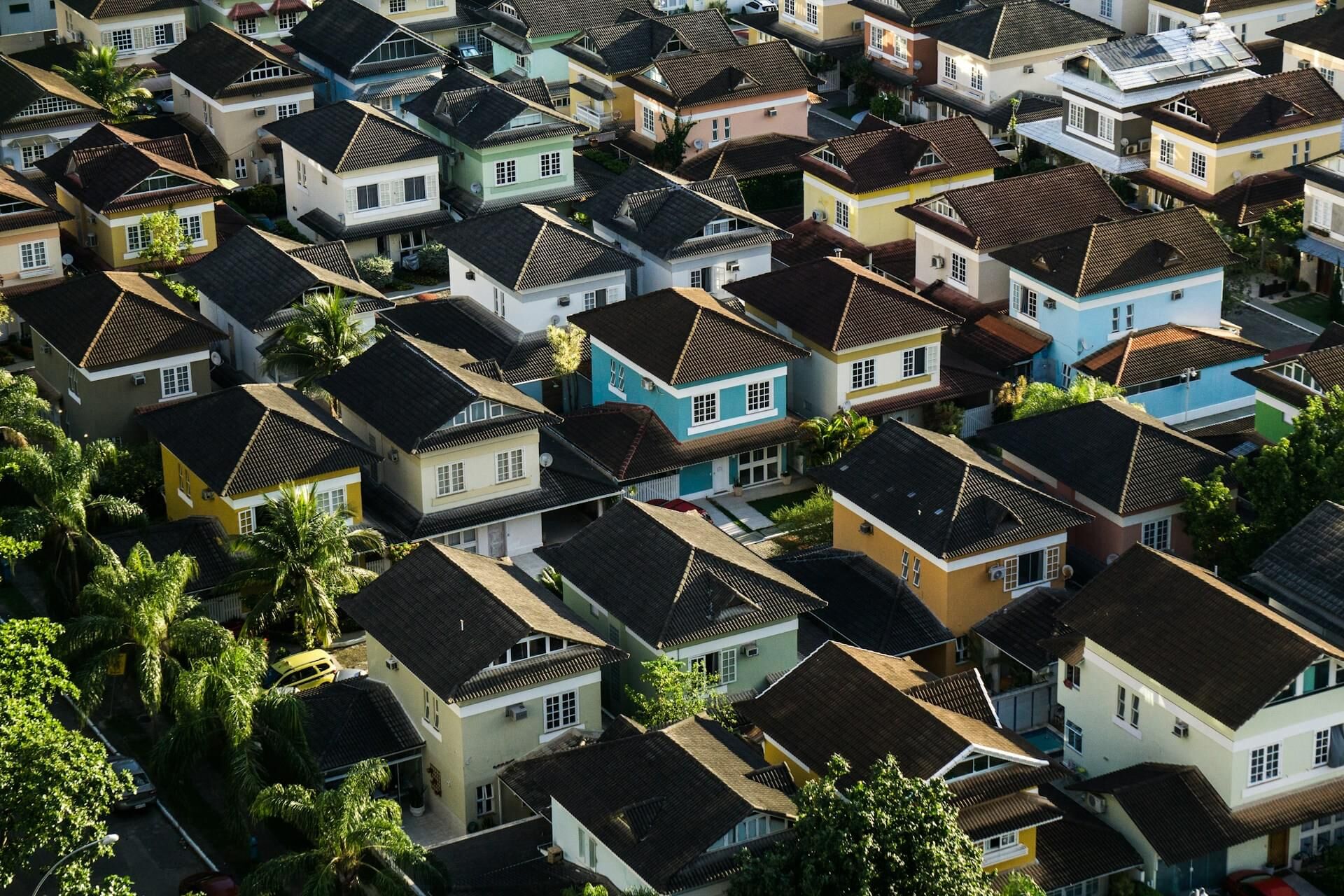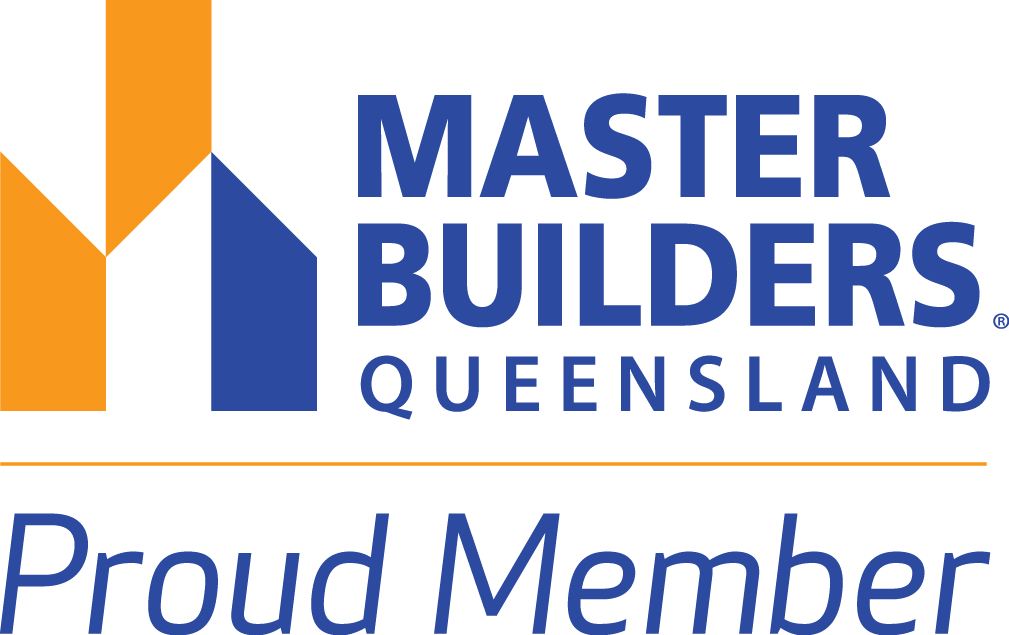Our Blog

Challenges of Raising Homes Near Flood Zones
Raising homes near flood zones is no small task. With the threat of water damage looming, proper planning and execution become crucial. Flood zones present unique challenges that require both expertise and careful consideration to ensure the safety and longevity of raised structures.
Living in areas prone to flooding has its risks, primarily the damage water can cause to both structure and foundation. Homes in these regions need a level of protection that goes beyond basic construction. Elevating your home not only protects it from potential floodwaters but also meets the necessary regulatory standards that come with living in designated flood zones.
Navigating the technical and legal aspects of house raising is crucial for success. Ensuring compliance with local regulations and building codes can be complex, yet vital.
Meanwhile, long-term maintenance strategies keep these structures safe well into the future. As Coorparoo and its surrounding areas continue to face flood risks, raising homes becomes a smart choice for safeguarding properties from inevitable water damage.
Understanding Flood Zone Challenges
Living near flood zones presents challenges that require close attention for anyone considering raising their home. Identifying flood-prone areas is the first step. In Coorparoo and surrounding regions, this involves analysing local flood maps and historical data.
These resources provide insights into which areas have higher flood risks due to geographical features or past events. Additionally, understanding local weather patterns, especially during heavy rain seasons, helps anticipate possible flooding scenarios.
The risks associated with living in flood zones are significant. Floodwaters can cause extensive damage to the structure, affecting everything from the foundation to interior finishes. The presence of water can also promote mould growth, which poses health risks to residents.
Foundations may weaken over time, leading to structural instability and increased repair costs. Moreover, insurance premiums tend to be higher in these areas, due to the inherent risks involved. This makes protecting the home through elevation a crucial consideration for homeowners seeking to minimise damage and long-term costs.
Technical Considerations for House Raising
Raising a home near a flood zone presents technical challenges that need careful consideration. Structural adjustments are fundamental. The house must be lifted and supported by a new, more robust foundation that can withstand floodwaters. This may involve replacing old materials with durable ones, such as reinforced concrete or steel. The foundation must stabilise the home at its new height, ensuring it is secure against the forces exerted by potential floodwaters.
The importance of heightening and elevation standards is paramount in flood-prone areas. Building codes specify minimum elevation levels based on anticipated flood heights. These standards ensure that homes are raised sufficiently to prevent water penetration during floods. Selecting an adequate height not only protects from current flood levels but also considers future changes in climate patterns that might increase flood risks.
An effective house-raising strategy also includes integrating flood-resistant features, like water barriers around the premises or elevated utilities that are less likely to sustain damage from high water levels. Considering these technical factors ensures that once raised, the home is both protected and compliant with the necessary standards of safety and resilience.
Legal and Regulatory Obstacles
When raising a home near a flood zone, navigating the legal maze of permits and building codes is crucial. Local councils in areas like Coorparoo have specific requirements that must be met before any project can proceed.
Understanding these requirements means obtaining the necessary permits, which often involve detailed applications and inspections. This process ensures that the raised structure will adhere to safety standards and will withstand potential flood conditions without causing harm to the environment or community.
Ensuring compliance with local regulations is not just about ticking boxes; it involves a proactive approach to understanding and meeting all legal standards. Regular consultations with building inspectors and councils are essential to keep the project on track.
Compliance ensures that the home remains legally sound, avoiding hefty fines or penalties that could arise from unauthorised construction activities. Partnering with professionals familiar with these processes ensures that the project is conducted correctly and within legal boundaries.
Long-Term Maintenance and Safety Measures
After successfully raising a home, maintaining its integrity over time is essential, particularly in flood-prone areas. Implementing effective water management solutions helps keep homes secure in the long run.
This can include installing drainage systems that direct water away from the foundation and using flood barriers to prevent water ingress. These measures protect both the structure and the land it stands on, reducing erosion and soil movement around the raised house.
Ensuring the longevity of raised structures involves regular maintenance. Periodic inspections of the foundation and elevation supports identify any early signs of wear or damage. Addressing these issues promptly prevents minor problems from becoming major structural concerns. Additionally, homeowners should maintain clear guttering systems and ensure that debris does not clog water outlets, keeping water flow consistent and directed.
Regular upkeep and proactive management provide peace of mind and help maximise the lifespan of raised homes. This vigilance not only protects the investment but also ensures the home remains a safe and comfortable dwelling for its occupants.
Conclusion
Raising a home in flood-prone regions such as Coorparoo comes with its share of challenges. From technical adjustments to navigating the regulatory landscape and managing long-term maintenance, each aspect requires careful consideration and diligent execution. Successfully overcoming these challenges not only safeguards a home from flood risks but also enhances its value and durability.
Urban Scene Construction is here to help you with the expertise and dedication needed to tackle the complexities of raising homes near flood zones. Our team provides professional guidance, ensuring that your project meets all technical and regulatory standards while securing your home against future flooding threats. Contact Urban Scene Construction today to learn how our home renovation builders in Coorparoo can assist in transforming your house into a safe, resilient haven.
Contact
ABN and Builders Licence
ABN: 94 115 015 220
QBCC Lic No.1080019



